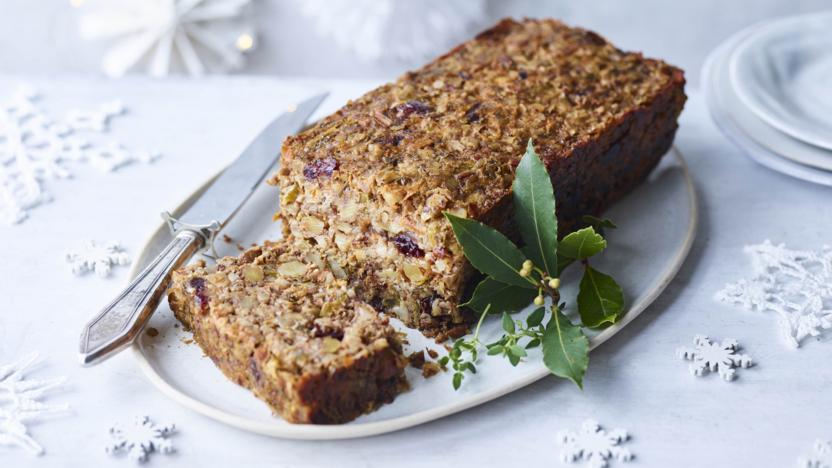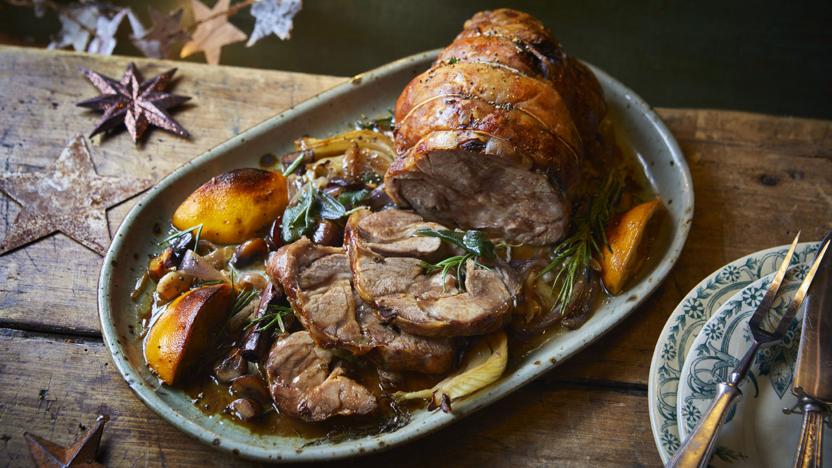Chestnut recipes
Chestnuts are shiny brown nuts whose thick casing has long, sharp, needle-like spikes (burrs). There are usually two to four nuts per casing. Unlike other nuts, chestnuts have a high starch and water content but low protein and fat levels. They've never been as popular in British kitchens as in Continental ones, but they're a versatile and flavourful storecupboard ingredient. Chestnuts are available fresh, ground, dried, puréed or vacuum-packed.
Ground chestnut (chestnut flour) has a sweet strong flavour and a slightly pasty texture when cooked. Dried chestnuts lend a smoky flavour and robustness of character to soups or stews. There are two types of puréed chestnut: sweetened and unsweetened, which are used in sweet and savoury dishes respectively (the sweetened version is used in the classic Mont Blanc). Vacuum-packed chestnuts are of variable quality. The best are made from whole, unbroken nuts and work well in soups, stuffings, stews and sauces.
Roasting chestnuts is simplicity itself, just follow these simple steps to make a delicious Christmas snack.
More chestnut recipes
Buyer's guide
If you're foraging for wild chestnuts, don't confuse edible sweet chestnuts with unrelated (and inedible) horse chestnuts - also known as conkers. Wild British sweet chestnuts are not fully ripe until they fall in large numbers in late October. Look for the glint of shiny dark brown nuts; paler nuts are unripe and will quickly shrivel.
Most of the chestnuts available in supermarkets during the chestnut season (late September to December) are from Europe rather than home-grown. If you buy your chestnuts fresh, choose plump smooth, shiny nuts. Avoid any wrinkled nuts and discard any bad ones, which will have an acrid smell and bitter taste. Chestnut flour, dried chestnuts, chestnut purée and vacuum-packed chestnuts are sold throughout the year, although they're more readily available in autumn and before Christmas. Dried chestnuts and chestnut flour are available from Italian delicatessens; chestnut flour is also available online. Both sweetened and unsweetened chesnut purées are sold in cans (read the label carefully to make sure you're buying the right one). The best quality vacuum-packed chestnuts are usually sold whole and unbroken, also in cans. They tend to be more expensive than the plastic vacuum-sealed packets of smaller nuts and nut pieces.
Storage
Hang wild chestnuts in a netted bag in a cool dry place for a couple of days after collecting them. During that time, some of the starch will be converted to sugar, giving a sweeter nut.
Preparation
To peel chestnuts, soak them in water for 30 minutes, then score each with a small knife down the plump side. Roast at 225C/425F/Gas 7 for about 25 minutes. Keep warm with a tea towel while you peel away the hard outer shell and the softer inner brown skin (warm nuts peel more easily than cold ones). For a faster method, slit the rounded shell of the nut, bring to the boil in plenty of cold water and cook for 20 minutes. Leave the nuts in the hot water so that they stay warm and soft as you peel.
Dried chestnuts must be soaked in water for at least eight hours before cooking. Chestnut flour tastes best mixed with other flours: allow about ten per cent chestnut flour in bread (it has no gluten so won't rise on its own). Mix to taste in cakes, batters and biscuits or add a small amount to pasta doughs.

























